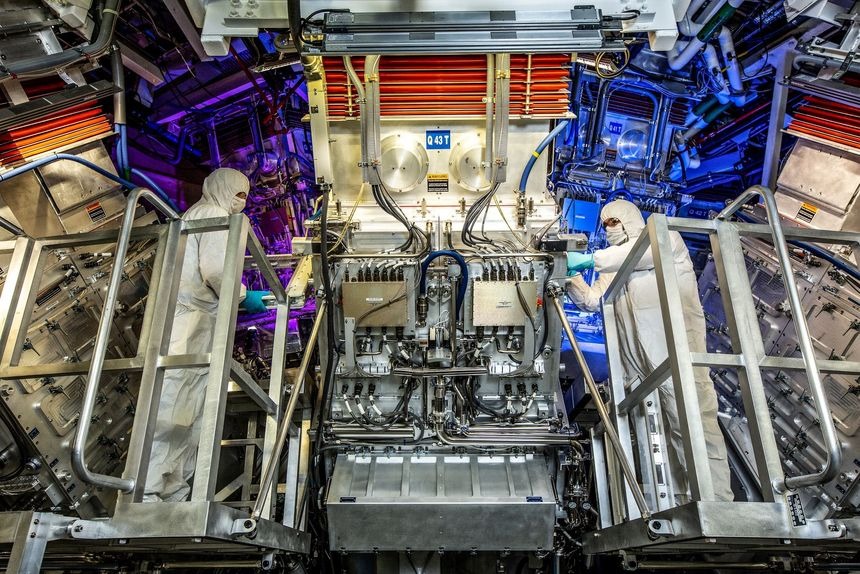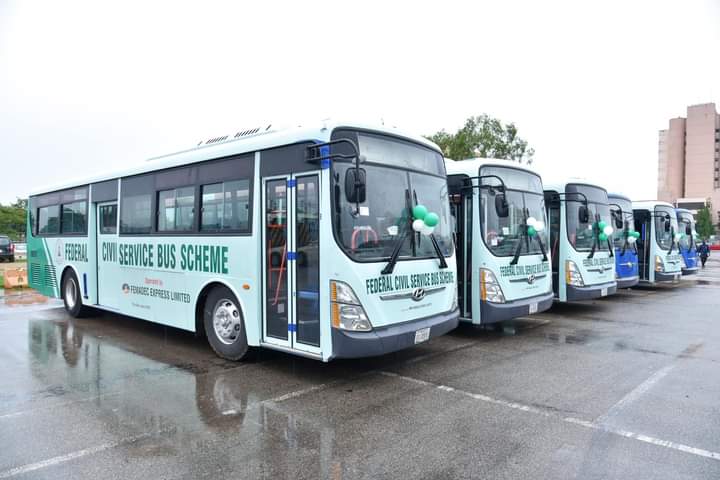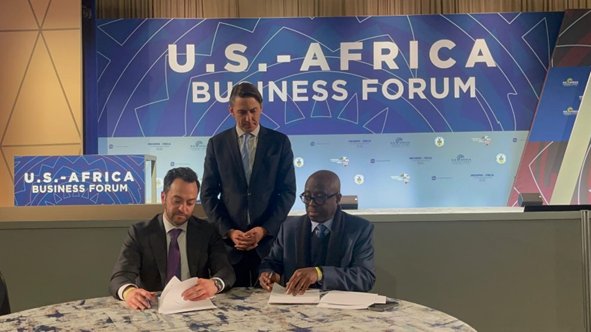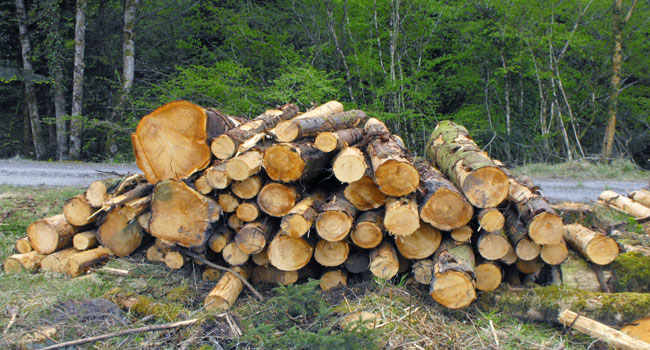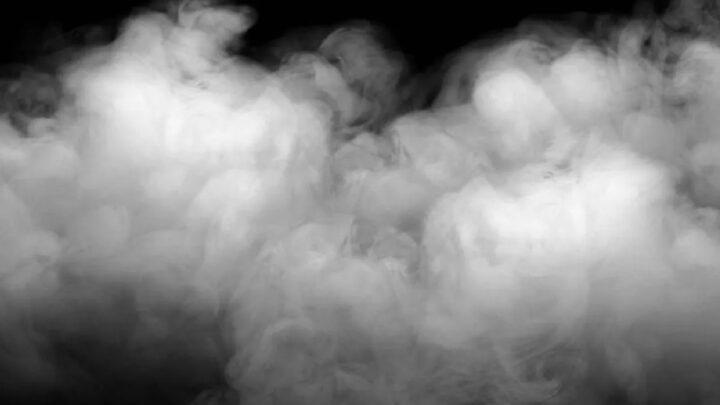US scientists have announced a major breakthrough in the quest to recreate nuclear fusion – a reaction that powers the sun and all other stars – for a “near-limitless” clean energy generation.
This was made known in a statement by the US Department of Energy (DOE) and National Nuclear Security Administration (NNSA) on Tuesday.
The International Atomic Energy Agency (IAEA) defines nuclear fusion as the process by which two light atomic nuclei combine to form a single heavier one while releasing massive amounts of energy.
“On December 5, a team at Lawrence Livermore National Laboratory (LLNL) National Ignition Facility (NIF) conducted the first controlled fusion experiment in history to reach this milestone, also known as scientific energy breakeven, meaning it produced more energy from fusion than the laser energy used to drive it,” the statement reads.
Advertisement
“This historic, first-of-its-kind achievement will provide unprecedented capability to support NNSA’s Stockpile Stewardship Program and will provide invaluable insights into the prospects of clean fusion energy, which would be a game-changer for efforts to achieve President Biden’s goal of a net-zero carbon economy.”
The experiment, which raises hopes for a potential source of near-limitless clean energy, also holds possibilities for ending fossil fuel use and tackling climate change. This is because nuclear fusion produces far more energy and only small amounts of short-lived radioactive waste with no greenhouse gas emissions.
Jennifer Granholm, US secretary of energy, said: “This is a landmark achievement for the researchers and staff at the National Ignition Facility who have dedicated their careers to seeing fusion ignition become a reality, and this milestone will undoubtedly spark even more discovery.
Advertisement
“The Biden-Harris Administration is committed to supporting our world-class scientists—like the team at NIF—whose work will help us solve humanity’s most complex and pressing problems, like providing clean power to combat climate change and maintaining a nuclear deterrent without nuclear testing.”
Similarly, Kim Budil, LLNL director, said: “The pursuit of fusion ignition in the laboratory is one of the most significant scientific challenges ever tackled by humanity, and achieving it is a triumph of science, engineering, and most of all, people.
“Crossing this threshold is the vision that has driven 60 years of dedicated pursuit—a continual process of learning, building, expanding knowledge and capability, and then finding ways to overcome the new challenges that emerged. These are the problems that the U.S. national laboratories were created to solve.”
Although the experiment is a step closer to a fusion-powered future, the process will not be deployed immediately as there is still a long way to go before fusion begins to power homes.
Advertisement
Add a comment
